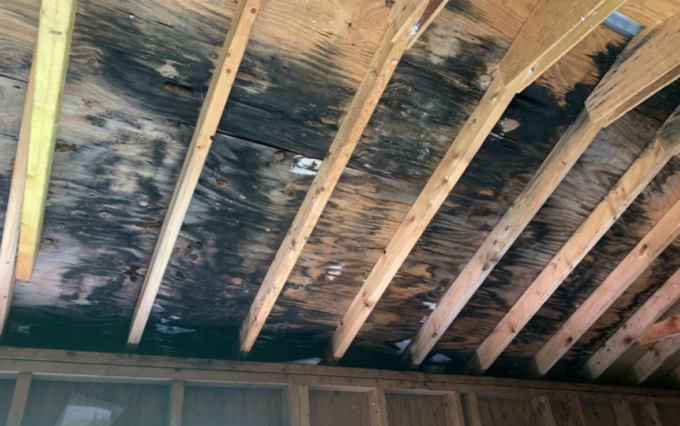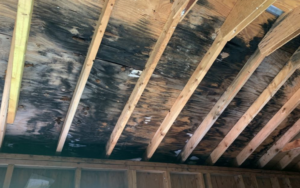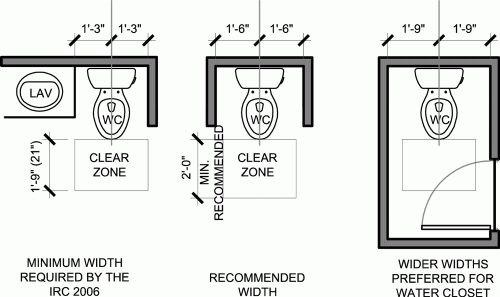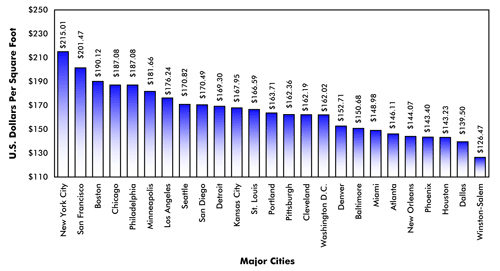Understanding the IICRC S520 Standard for Mold Mitigation
Mold can cause significant issues in buildings, from health risks to property damage. To manage mold properly, professionals follow strict guidelines. The IICRC S520 Standard is the industry benchmark for mold remediation and microbial growth management.

What Is the IICRC and the S520 Standard?
The Institute of Inspection, Cleaning and Restoration Certification (IICRC) is a nonprofit standards-setting organization. It develops consensus-based standards for cleaning, restoration, and inspection industries. The S520 Standard was created by industry experts through the IICRC’s standard development process.
This standard provides a clear and structured approach for evaluating and remediating microbial growth. It is based on science, technical expertise, and real-world application. Contractors who follow this standard must have training and IICRC certification.
IICRC S520 Standard Consensus Body maintains the current version of the S520. You can find the standard and updates at https://iicrc.org.
Who Uses the S520 Standard?
Certified mold mitigation professionals use the S520 to guide their work. This includes contractors, environmental consultants, and indoor environmental professionals (IEPs). The standard ensures that remediation is consistent, effective, and safe for occupants and buildings.
Most reputable mitigation firms require their technicians to hold IICRC certification. Clients should always ask if the contractor is certified by IICRC before work begins.
Steps in the Mold Remediation Process
The S520 outlines a structured process for managing mold. These steps ensure the situation is properly assessed and resolved.
1. Initial Assessment
An IEP or certified inspector evaluates the extent of mold growth. They check for moisture intrusion, ventilation problems, and affected materials.
2. Containment
Technicians set up barriers and negative air pressure zones. This prevents mold spores from spreading to other areas.
3. Air Filtration
HEPA-filtered air scrubbers remove airborne spores. This step protects workers and building occupants.
4. Material Removal or Cleaning
The contractor may need to remove non-salvageable materials like drywall or carpeting. Porous materials require special care to be decontaminated.
5. Structural Material Mitigation
Structural wood components are typically not removed unless structurally compromised. Instead, they are:
-
Dried thoroughly
-
Cleaned with mechanical or chemical methods
-
Treated with antimicrobial solutions
This is a key benefit of following the S520 standard. It supports restoration over demolition whenever possible.
6. Post-Remediation Verification
After cleanup, an IEP or qualified technician performs clearance testing. This confirms mold levels are safe and the source of moisture is resolved.
Why the S520 Matters for Building Owners
Using the IICRC S520 helps building owners save money and protect property value. It ensures mold remediation:
-
Follows science-based protocols
-
Prioritizes health and safety
-
Preserves building structure whenever feasible
The S520 provides clarity for insurance claims and legal questions. It gives peace of mind that the job was done right.
Mold Mitigation Without Structural Removal
Contrary to common fears, mold growth does not require tearing out framing or structural wood unless structural integrity is compromised by sustained microbial growth. Certified contractors can clean and restore:
-
Floor joists
-
Roof trusses
-
Wall studs
-
Roof and wall Sheathing
This preserves the building’s integrity and minimizes reconstruction costs and disruption to building use.
Final Thoughts
The IICRC S520 Standard sets the gold standard for mold remediation. It offers clear, science-backed procedures that protect both buildings and their occupants. By following this standard, contractors can restore spaces efficiently and safely—without unnecessary demolition.
For more information on the IICRC and its standards, visit:
If you’re dealing with mold, insist on working with a certified IICRC contractor who follows the S520. It’s the best way to ensure a thorough and cost-effective solution.








